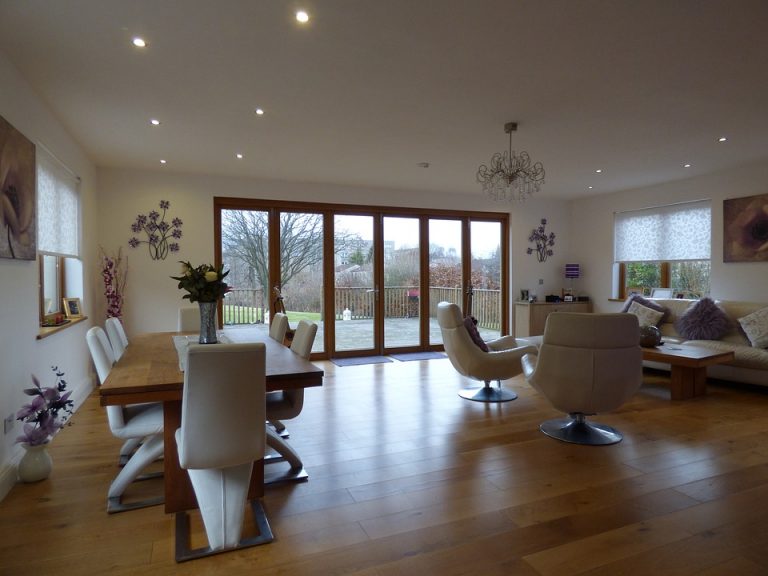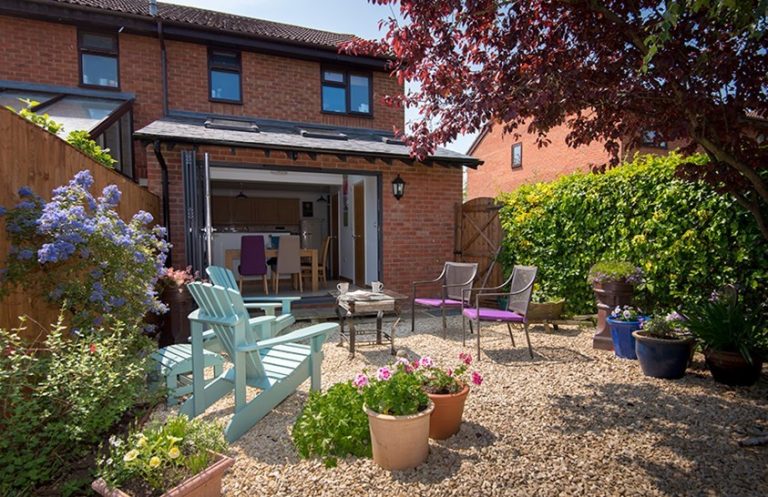The concept behind the orangery was developed in Holland, a country known for its passion for horticulture, and quickly spread through Europe and around the world. The original intent was to grow plants such as pineapples and oranges during the off season, hence the name orangery.
The primary intent of the orangery is to bring more light into a residence. The structure must be strong enough to withstand weather challenges without reservation and to be warm enough to add functional living space to the home.
The simplest way to distinguish an orangery from a conservatory is by the structure. A conservatory has walls made almost entirely of glass. The orangery walls are usually made of stone and/or hardwood although they may contain large portals or windows. Many orangeries also feature skylights but the roofs of the conservatory are usually glass.
HISTORY OF THE TWO GROWING ROOMS
The first true orangery dates back to the 16th century, ahead of the conservatory which rose to prominence in the UK in the 17th century. The light filled orangery was an effective way to enjoy fruits and exotic vegetables in the off-season. The light and warmth helped sustain the plants and encouraged them to bear fruit out of season.
Orangeries became even more poplar when European neighbours began to import volumes of exotic plans. Merchants in Germany, France and the Netherlands were particularly fond of orangeries because they extended their selling seasons and allowed for high profit margins for out of season plants.
Meanwhile, the refinements to orangery design allowed merchants and homeowners to enjoy the delightful fragrances and beauty of their horticultural treasures year round. As the rewards came clear, the business of building state of the art orangeries ignited a new industry.
Early orangeries were relatively simple wooden structures resembling a lean-to. The first orangeries were dismantled during the summer and reassembled in the fall. But, it was not long before the permanent orangery was regarded as a symbol for wealth, affluence and culture.
The fruits grown in the orangery were often not affordable to all of the population. These plants often represented a significant investment in what many people did not view as a necessity. The structure and maintenance of the structure and plants inside was another luxury expense. Gradually, Europe most high profile estates began to sport permanent orangeries. Many of these were lavish, standalone structures.
Perhaps one of England most famous orangeries is located on the roof of Kensington Palace. Designed by renowned architect Sir William Chambers, this orangery featured a distinctive solid wood roof that was designed to keep the gathered light and warmth in the room. The Kensington Palace orangery is the oldest surviving structure on the palace grounds.
Regrettably, most orangeries were not designed with good insulation upon original construction. This necessitated generating additional heat for the room.
Most orangeries have independent heating systems which were originally open hearths. Eventually, under-floor heating systems were designed to address the need for more effective heat. The combination of glass and internal heat could make the orangery too hot. If the room was too warm, windows were occasionally opened to cool the room and let the plants breathe.
CONSERVATORY CONSTRUCTION
Conservatories primarily consist of connected glass panels. Occasionally, a Dwarf Wall is used around the base and glass panes and windows are set into the wall. This is a recommended option when full length glass panels are not practical or desired.
A notable difference between the two designs is in the roof treatment. The conservatory roof is also glass, not a skylight. For the most part, the orangery is designed to provide a bit more privacy than does the conservatory.
Once viewed as primarily an outbuilding, in today’s design schemes, the orangery is making a robust comeback as an addition to an existing structure. Very commonly, the modern day orangery is also dubbed a sunroom. As such, the design usually conforms with the design of the main building. The detached orangery is a rarity in today’s marketplace.
Both the conservatory and the orangery benefit from the technological advancements of double and triple glazing. Whereas insulation was always an issue for these additions, today many conservatories and orangeries have higher insulation values than the homes to which they are attached. The orangery’s popularity has rejuvenated because for the most part they are viewed as the more energy efficient and practical addition.
For more information about the bi-fold doors that we supply for conservatories and orangeries, get in touch with Multifold Doors today.
















